No Data Found
Terminalia catappa
Ketapang, Country Almond, Indian Almond, Sea Almond, False Kamani
![]() Low Sensitivity
Low Sensitivity
| Species Name | Terminalia catappa |
|---|---|
| Common Name | Ketapang, Country Almond, Indian Almond, Sea Almond, False Kamani |
| Family | Combretaceae |
| Genus | Terminalia |
| Taxonomic Synonyms/Past Names | |
| Taxonomic Notes |
Agree with the details?
Login to Vote Now
Species Information
- Deciduous tree growing up to 25 m tall. Pagoda-shaped when young with whorls of tiered branches. Mature trees with irregular crowns and stout crooked branches. Leaves 12-25 cm long, obovate or elliptic. Flowers tiny, white or pale yellow-green. Both male and female flowers 8-16 cm long in unbranched clusters. Ovoid or ellipsoid fruits 3.5-7 cm long, slightly flattened with a stiff narrow ridge along the edge, green ripening yellow.
- India and throughout Southeast Asia to North Australia and Polynesia
- Common along sandy and rocky seashores
- Below 800 m
No Data Found
- Fast-growing in its juvenile stages, about 2 m per year (6.6 ft per year), moderates its speed of growth as it ages. [1]
No Data Found
- Fast-growing in its juvenile stages, about 2 m per year (6.6 ft per year), moderates its speed of growth as it ages. [2]
No Data Found
- The tree has a spreading, fibrous, near-surface lateral root system. This type of root system can develop in response to high water tables, making the tree prone to windthrow. However, the tree can have deep roots when planted in the sand. The trunk often has buttresses up to 3 m tall, variable, straight to curved, thick to thin, and sometimes branching. [1]
- The tree has a spreading, fibrous, near-surface lateral root system. This type of root system can develop in response to high water tables, making the tree prone to windthrow. However, the tree can have deep roots when planted in the sand. The trunk often has buttresses up to 3 m tall, variable, straight to curved, thick to thin, and sometimes branching. [2]
No Data Found
No Data Found
No Data Found
No Data Found
No Data Found
No Data Found
No Data Found
No Data Found
No Data Found
No Data Found
No Data Found
- Fruits are 3.5-7 cm long by 2-5.5 cm wide, seeds are edible. [1]
No Data Found
No Data Found
No Data Found
No Data Found
No Data Found
No Data Found
No Data Found
No Data Found
No Data Found
No Data Found
No Data Found
No Data Found
No Data Found
No Data Found
No Data Found
No Data Found
No Data Found
No Data Found
No Data Found
- It tolerates base-rich soils. [1]
No Data Found
No Data Found
No Data Found
No Data Found
- Tolerates acidic, neutral and alkaline soils [1]
- It is a coastal species and can grow in flooded areas. Similar to T. calamansanai, but even more robust. Suitable for less human-intensive areas.
No Data Found
No Data Found
No Data Found
No Data Found
- Extremely salt-tolerant. Occurs in coastal areas, including along coasts in Malaysia.
No Data Found
No Data Found
No Data Found
- Extremely salt-tolerant. Occurs in coastal areas, including along coasts in Malaysia. [1]
No Data Found
No Data Found
No Data Found
No Data Found
No Data Found
No Data Found
- Tolerates saltwater and flooding. [1]
No Data Found
No Data Found
No Data Found
No Data Found
No Data Found
No Data Found
No Data Found
No Data Found
No Data Found
No Data Found
No Data Found
No Data Found
No Data Found
No Data Found
No Data Found
No Data Found
No Data Found
No Data Found
No Data Found
No Data Found
No Data Found
No Data Found
No Data Found
-
Insufficient Data
No Data Found
No Data Found
No Data Found
No Data Found
No Data Found
No Data Found
- It is one of the most multipurpose trees out of all the tropical woody species. The nuts are edible fresh or dried and salted, while the pulp can be fermented into wine. Parts of the tree can also be used for fodder. The bark, leaves, fruits and other parts are used in various traditional medicines worldwide. The bark is a crucial ingredient in traditional medicine throughout Polynesia. Its wood is a high-quality fuel both as fuelwood and for charcoal production. Traditional wood uses in the South Pacific include canoe hulls and paddles, kava bowls, tool handles, war clubs, walking sticks, drums and fuelwood. The timber is tough, excellent for general-purpose building and has good wood-working properties. It is an ideal tree for inclusion in agroforestry systems due to its fast growth, soil enrichment, and leaf mulching attributes and because it can be made into various products. The leaves have many other uses besides traditional medicine, including increasing fish survival in the live aquarium trade and feeding silkworms. They also yield a dye and tannins. [1]
No Data Found
No Data Found
No Data Found
Contributors: anonymous
Last Updated: 2023-03-15
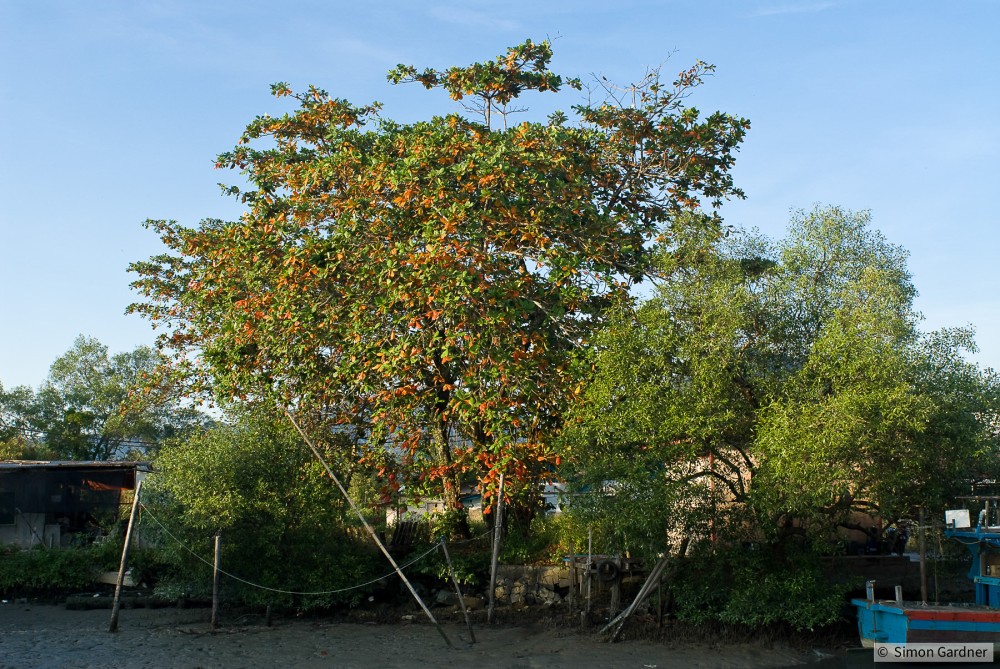
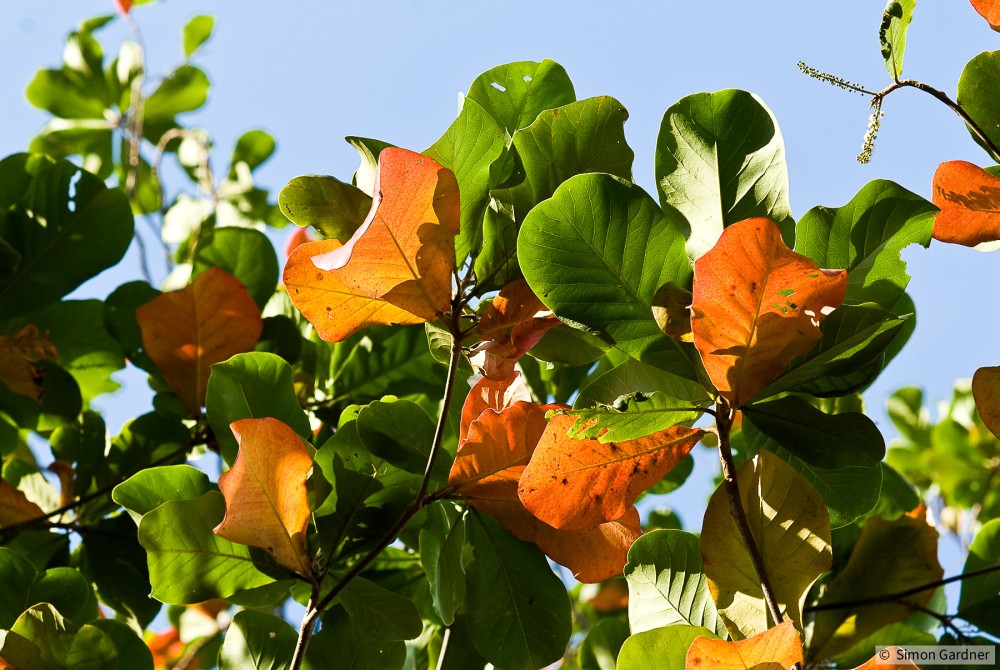
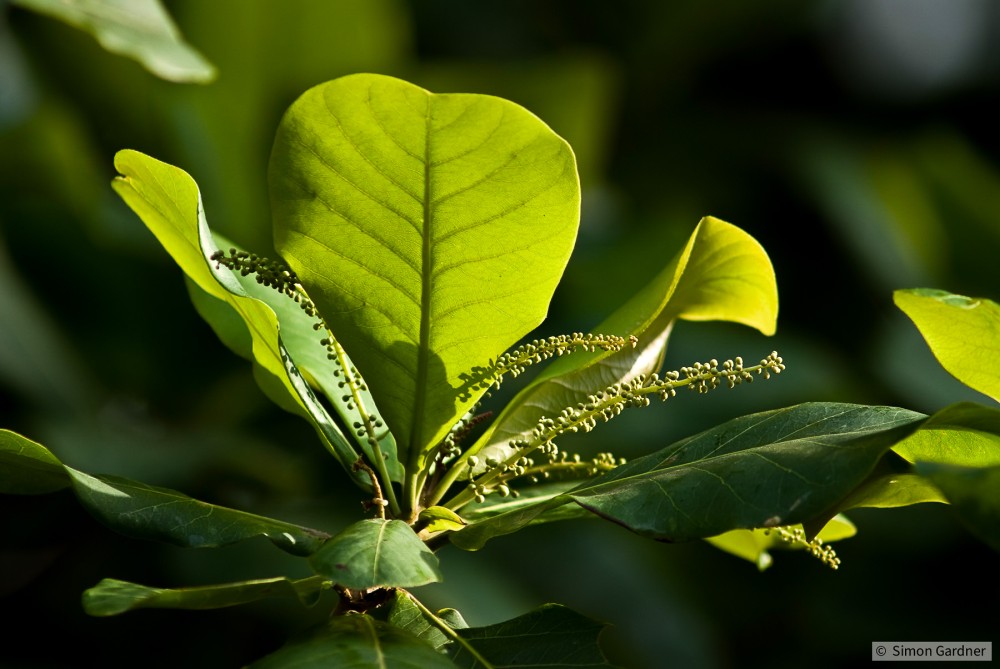
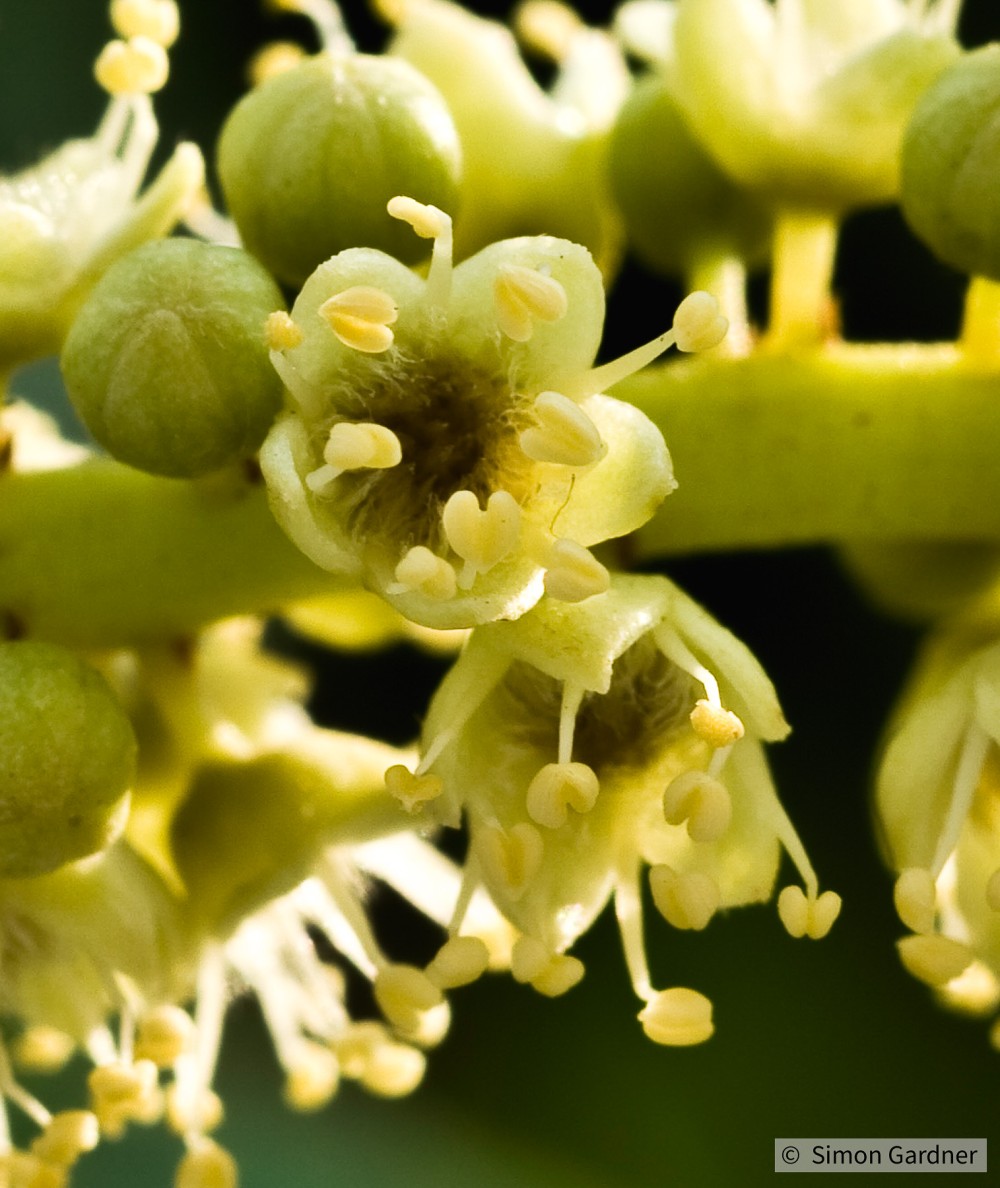

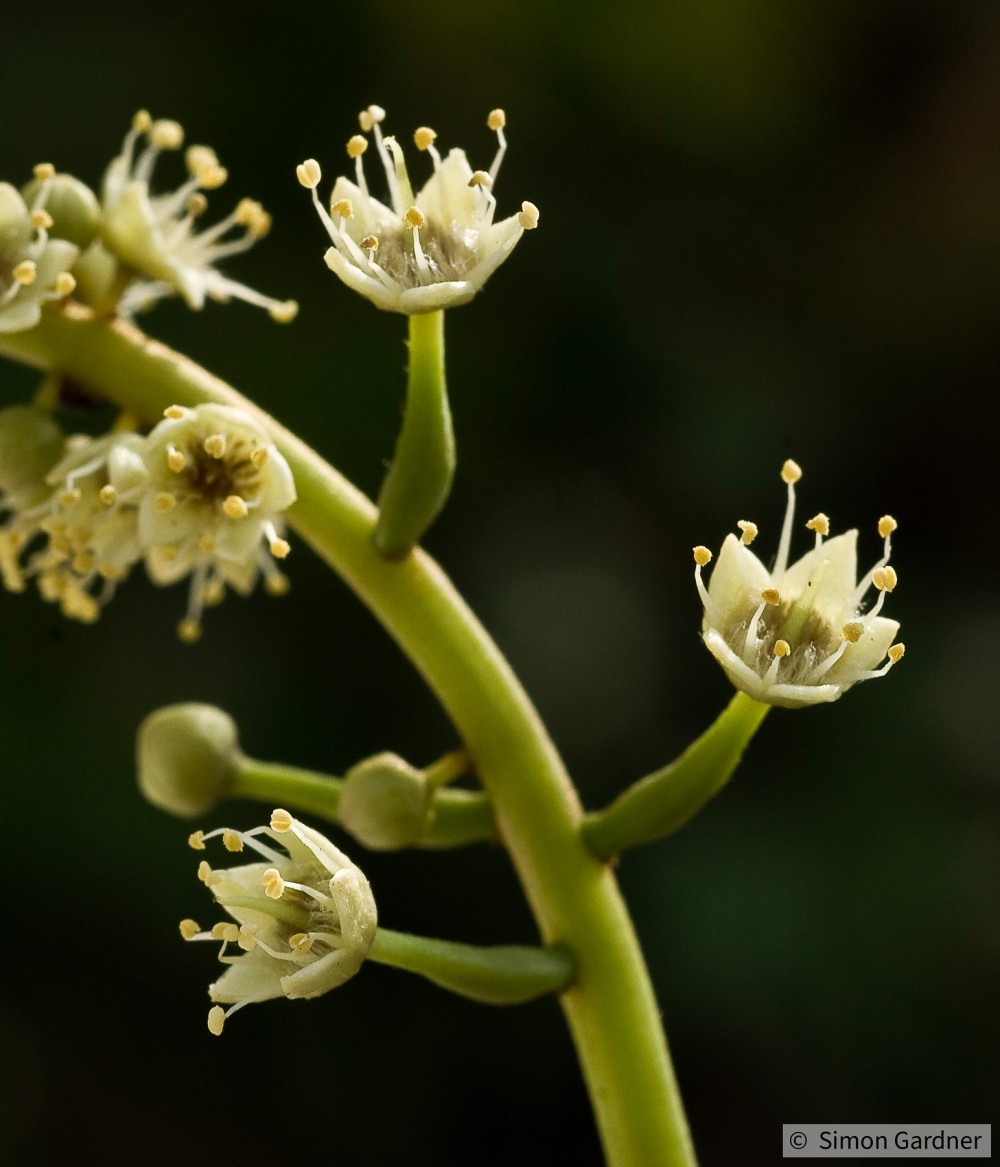
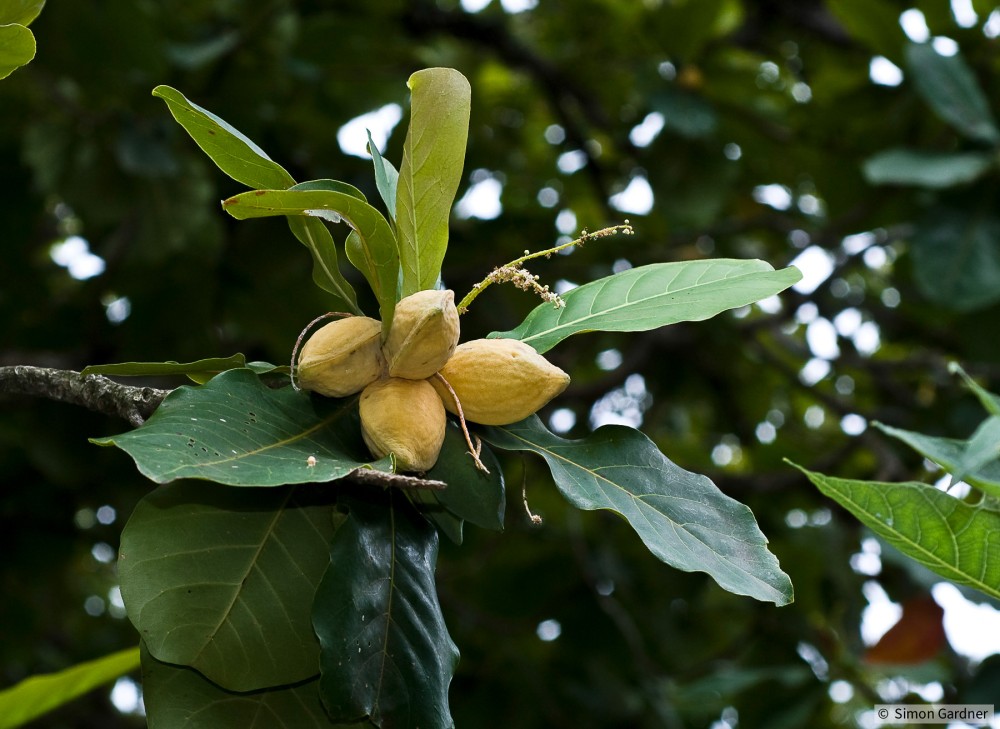
No comments